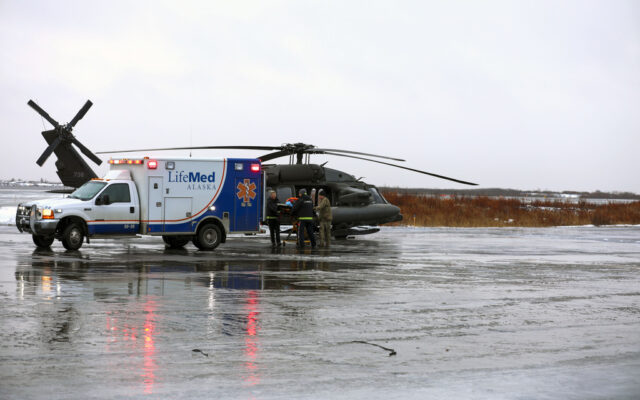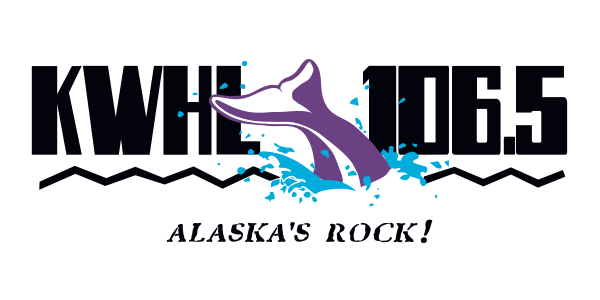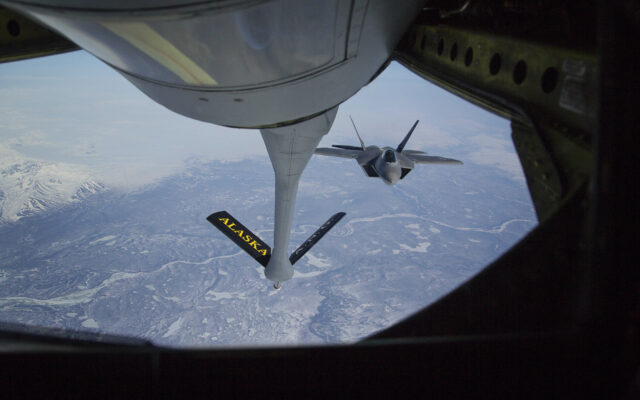Alaska National Guard performs medical mission while shuttling Santa to give gifts to rural village

JOINT BASE ELMENDORF-RICHARDSON, Alaska (AP) — Santa Claus’ sleigh took on new responsibilities in rural Alaska this week when delivering gifts to an Alaska Native village.
Santa’s ride, an Alaska Army National Guard UH-60 Black Hawk helicopter, was shuttling Santa, Mrs. Claus, volunteer elves and gifts in shifts Wednesday to provide the children of Tuluksak some Christmas cheer. The flights originated about 35 miles (56 kilometers) southwest, from the hub community of Bethel, the guard said in a release.
However, after the first trip to Tuluksak, the helicopter crew got an urgent call seeking help for a medical evacuation in the nearby village of Napaskiak, located about 5 miles (8 kilometers) south of Bethel on the other side of the Kuskokwim River.
The river in the winter serves as an ice road, but there was only enough ice at this time of the year to prevent boats from operating. The ice wasn’t thick enough to support vehicles, and bad weather prevented small planes from landing at the village air strip.
Helicopter pilots Colton Bell and David Berg, both chief warrant officers, shifted focus, adding two paramedics and medical equipment to the flight and the remaining gifts for children.
They flew the five minutes to Napaskiak and dropped off the paramedics, who said they would need about 40 minutes to stabilize the patient. That gave the pilots time to take the 15-minute flight to Tuluksak to drop off the gifts and volunteers.
They then returned to the other village to pick up the patient and paramedics and flew them to an awaiting ambulance in Bethel. The patient was in stable condition Thursday and awaiting transport to an Anchorage hospital.
“This mission specifically showcases our abilities to adapt to multiple, rapidly changing missions while operating in adverse weather while still completing them efficiently and safely,” Bell said in a statement.
The Alaska National Guard for decades has delivered gifts, supplies and sometimes Christmas itself to tiny rural communities dotting the nation’s largest and largely roadless state. The program began in 1956 when residents of St. Mary’s village had to choose between buying gifts for children or food to make it through winter after flooding, followed by drought, wiped out hunting and fishing opportunities that year.
The guard stepped up, taking donated gifts and supplies to the village. Now they attempt every year to visit two or three villages that have experienced hardships.
Long-distance and extreme rescues by guard personnel are common in Alaska because most communities don’t have the infrastructure that exists in the Lower 48.



